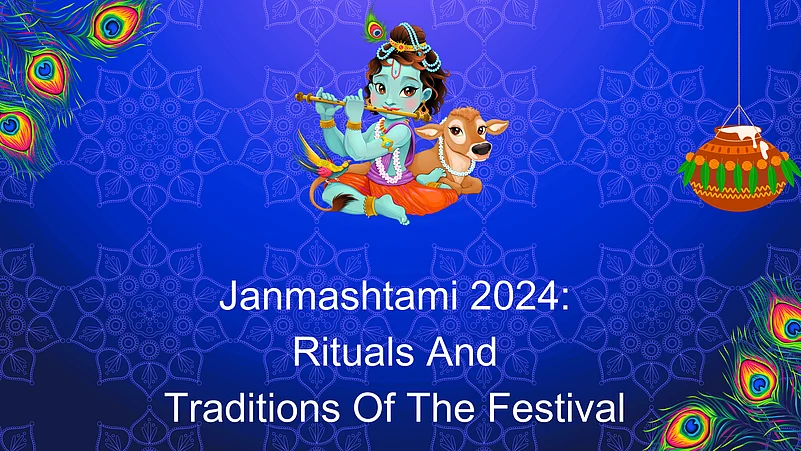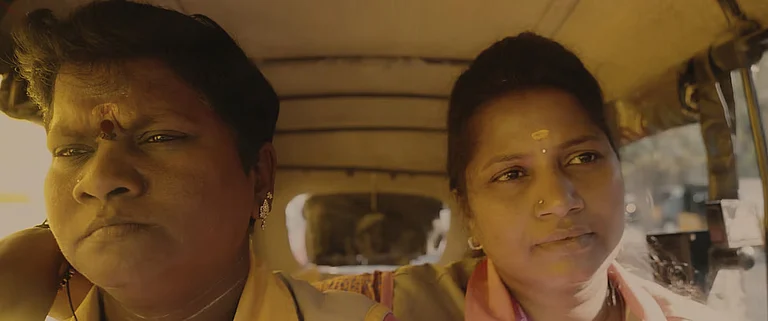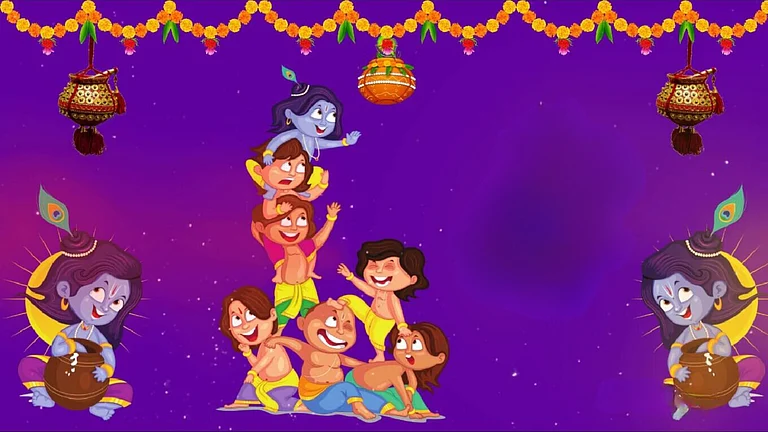Janmashtami is the happy celebration of Lord Krishna's birth. It is a holiday with many rituals and traditions that have been followed with great respect and devotion for hundreds of years. Janmashtami is a festival that honours the life and teachings of Lord Krishna. The Janmashtami festival witnesses many interesting customs and rituals in various states and cities of India. While some rituals are common to all, others are unique and restricted to a particular region or city. These customs and rituals are followed religiously by all the Lord Krishna devotees year after year.
Rituals and traditions observed during Janmashtami:
The rituals and the traditional way the festival of Janmashtami is celebrated are stated as follows:
1. Fasting and Devotion:
One of the most important traditions of Janmashtami is fasting, which people do to show how dedicated and self-disciplined they are. The fast usually starts in the morning and lasts until midnight, which is thought to be the time when Krishna was born. Some followers choose to fast without food or water (nirjala), while others choose to fast only fruits and milk (phalahar). Fasting isn't just a tough thing to do with your body; it's also a way to clean your mind and body, which makes your relationship with God better.
2. Midnight Celebration (Nishita Kaal Puja):
The most important and happy part of Janmashtami is the party at midnight, which marks the exact time that Krishna was born. Flowers, lights, and other decorations are put up in temples and houses to make them look festive. The baby Krishna deity is bathed in milk, honey, ghee, and water, which stands for purity and devotion. The deity is usually put in a beautifully decorated cradle. The figure is given new clothes and jewellery after the ritual bath. People sing bhajans (devotional songs) and say mantras in this very emotional place. People do the aarti by waving lamps in front of the god. It's loud with the sound of conch shells and bells, which means that darkness is over and light in the form of Krishna has come.
3. Jhulan Seva (Ritual of Swing):
This is another cute thing that many people do on Janmashtami. A sweet ceremony with pretty decorations comes next. Prayers and religious songs are often a part of this event. In this ritual, devotees are used to put a figure of baby Krishna on a swing. In slow motion, the figure moves back and forth. They show how happy the godparents are to be taking care of the child. When flowers and festoons are put on the swing, it becomes the centre of the party, especially in homes and temples where Krishna is worshipped as the fun and mischievous child.
4. Performances of Rasa Leela and Krishna Leela:
In many places, especially in the Braj area (Mathura and Vrindavan), people celebrate Janmashtami by putting on plays about Krishna's life. These plays are called Rasa Leela and Krishna Leela. In these performances, different parts of Krishna's life are shown, such as his playful interactions with the gopis (cowherd maidens), his win over demons, and his role as the divine guardian. The stories of Krishna come to life in these shows, which are usually put on by local artists or kids. The audience is sucked into the divine play of the Lord. They remind people of what Krishna taught them and that he will always be with his followers.
5. Dahi Handi:
In Maharashtra and some other parts of India, Janmashtami is a big deal because of the Dahi Handi holiday. This custom comes from the fact that Krishna liked to play around and steal butter (makhan) from the pots in Gokul's homes. In these rituals, usually, a clay pot full of curd, butter, or other dairy products is hung high above the ground. To reach and break the pot, groups of young men and boys form giant towers out of people. The event is a test of strength, teamwork, and balance, and people are very excited and happy about it. When you break the Dahi Handi, it means that you are letting go of your pride and enjoying the joy of giving.
6. Recitation of the Bhagavad Gita:
People who follow Krishna also read the holy book Bhagavad Gita on Janmashtami. In it, Krishna teaches Arjuna spiritual lessons on the battlefield of Kurukshetra. People believe this recitation is very lucky because it helps them understand Krishna's lessons and think about the principles of dharma (righteousness), karma (action), and bhakti (devotion). Religious people often get together at temples to read from the Gita and talk about the deep lessons it contains.
7. Offering of Prasad:
Prasad, which is holy food, is made and given as part of Janmashtami customs. Of all the sweets that are made for Krishna, milk-based sweets are the most famous. This is because Krishna likes them. Small misris are also given with noni to Lord Krishna. It is the best choice for Balkrishna. People honour the god by offering him food, like butter, curd, sweets like laddus and pedas, and other tasty treats. Sharing Prasad brings people together and makes them love Lord Krishna more. It lets everyone enjoy its benefits. In this way, the rituals of Janmashthami end.
More than just a festival, Janmashtami honours the incarnation of the divine. People who follow Lord Krishna will be in a connection with God during this time by doing rituals and practices that honour his life and lessons and bring back the spiritual joy he embodied. People who follow Krishna's teachings fast, pray, follow traditions, and help others to win his favour. They do this because they want to be as good, kind, and loving as Krishna.





























